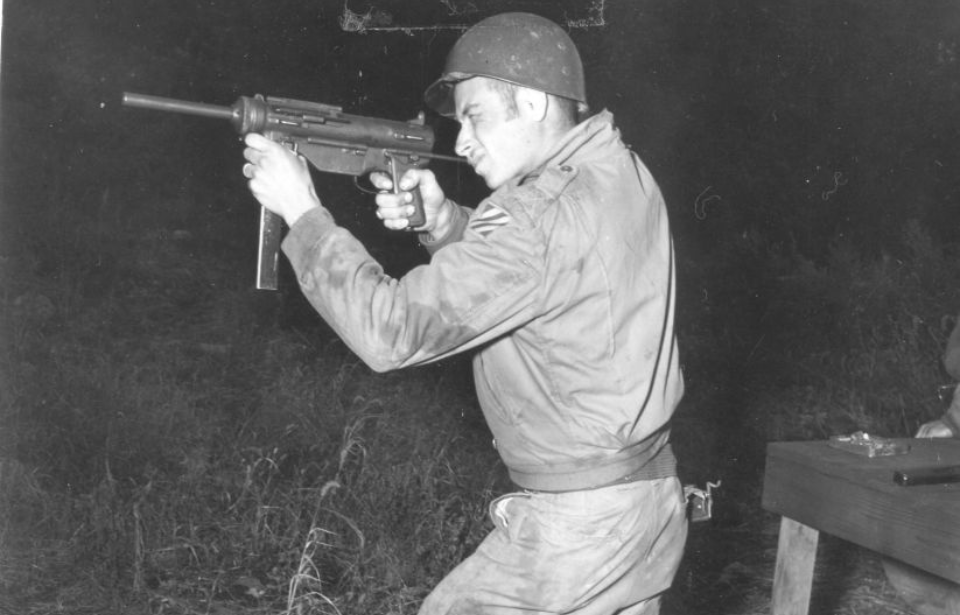When the lightweight and cheap US Submachine Gun, Cal. 45, M3 was introduced into service in 1944, it was intended for use across all theaters of combat. Nicknamed the “Grease Gun” and “Greaser” due to its appearance, it accomplished this goal, albeit with a few hiccups.
Despite its issues, it went on to have a long service life, becoming the longest-serving submachine gun in the history of the US military.
Developing a replacement for the Thompson submachine gun
In 1941, after observing the use of submachine guns in Western Europe, the US Army Ordnance Board initiated a study to help develop a replacement for the World War I-era Thompson. Known as the “Tommy Gun” among soldiers, the Thompson was heavy and expensive to produce, due to the amount of steel needed to manufacture it, and officials were looking for a low-cost option.
George Hyde of General Motors’ Inland Division was tasked with designing the new firearm, while chief engineer Frederick Sampson was responsible for prepping for production.
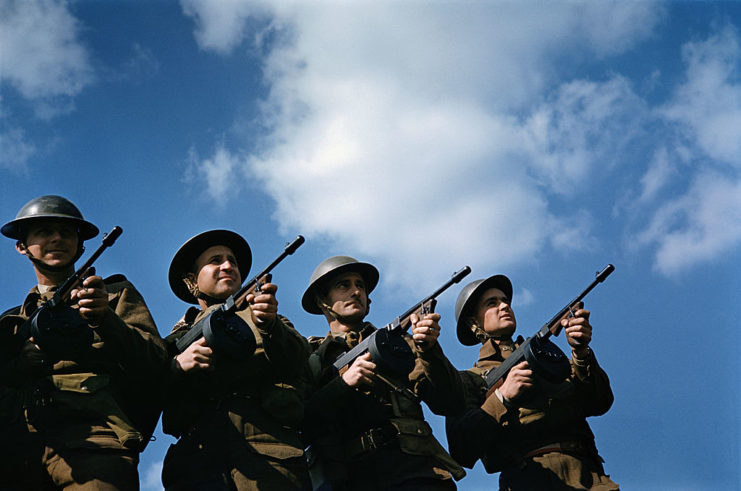
Five pre-production models of what would later become the M3 “Grease Gun” were sent to Aberdeen Proving Ground in November 1942 for service trials. By January the following year, the weapon was given the official stamp of approval, allowing production to begin at GM’s Guide Lamp Division.
Throughout the course of the Second World War, 606,594 M3s were manufactured, with 48,669 of its variant, the M3A1, coming off the production line.
Grease Gun specs
What made the Grease Gun appealing right off the bat was that it was cheaper to produce and lighter than the Thompson. It was essentially two pieces of stamped steel welded together. Given its cheap price, it was designed to be used and discarded when it became inoperable, which meant replacement parts and tools were not available when the weapon entered service.
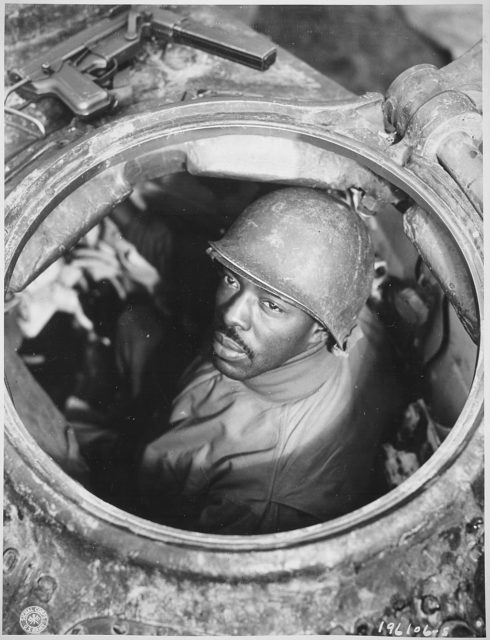
The gun measured 22.8 inches when the stock was closed and 29.8 inches when it was extended, and its weight fluctuated between 8.2 and 9.9 pounds, depending on whether or not it was fully loaded with a 30-round magazine. Speaking of ammunition, it fired the same .45 ACP round as the Thompson, meaning it could be easily swapped out on the battlefield.
Shooting the gun was relatively straightforward, as it utilized an open-bolt, blowback design. Unlike the Thompson M1A1, which fired between 600 and 700 rounds per minute, the M3’s rate of fire was just 450, meaning it was much easier to control. It was most effective at 100 yards, and generated a muzzle velocity of around 920 feet per second.
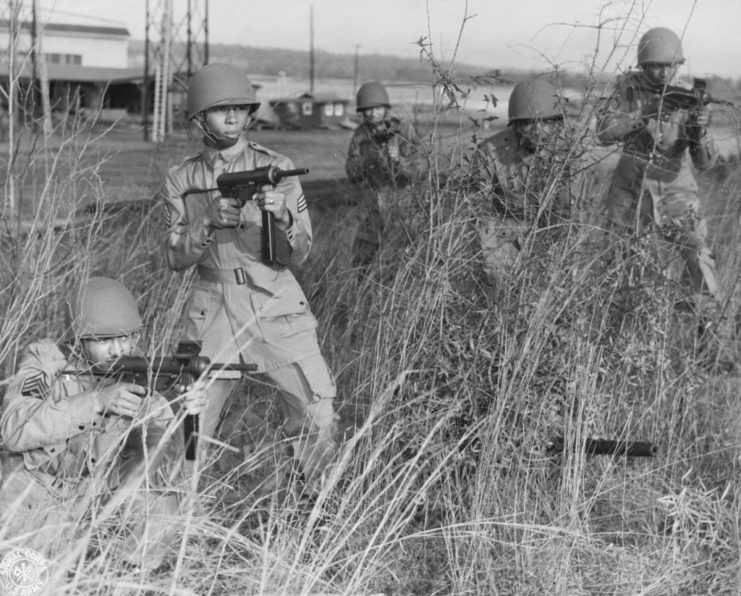
Following its development, the Office of Strategic Services (OSS) ordered a conversion kit, which would allow the Grease Gun to fire the 9 mm Parabellum. This round was widely used by both the Allied and Axis powers, due to its considerably low cost.
Entering service toward the end of the Second World War
The Grease Gun officially entered frontline service in the middle of 1944 with the US Army and Marine Corps, as well as with some US Navy sailors. It was first equipped by paratroopers with the 82nd and 101st Airborne Divisions during D-Day, who expressed mixed opinions about the weapon. Some found it reliable and liked that it didn’t need to be disassembled and could, therefore, be used immediately. On the other hand, there were many who hated it.
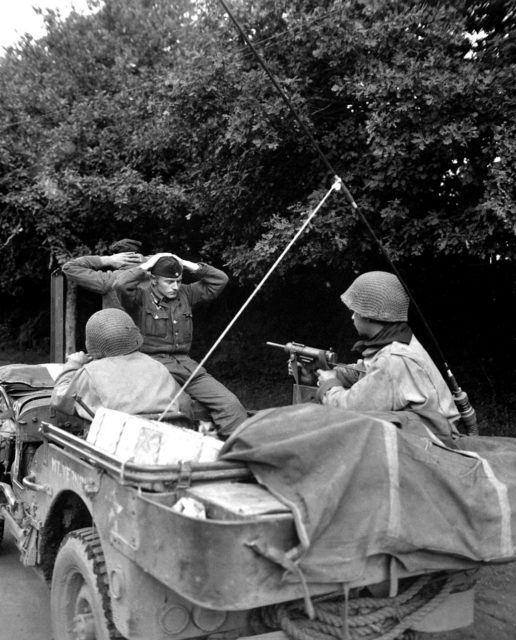
In Europe, it was frequently used by American tank crews, with late-model M4 Shermans being fitted with up to five M3s for both security and personal protection. It saw less use in the Pacific Theater, but was noted as having been equipped by Marine tankmen who were fighting on Okinawa and Iwo Jima. There’s even evidence to suggest the Grease Gun was used by members of the Chinese Army and OSS-backed guerrillas in Burma.
Issues with the Grease Gun
Upon the Grease Gun officially entering active service with the US military in mid-1944, a number of complaints were lodged. One of the earliest issues noted was that the cocking handle and bolt retraction would fail on some units. An investigation into this found there were several shortfalls in the gun’s construction, particularly with the bolt retraction.
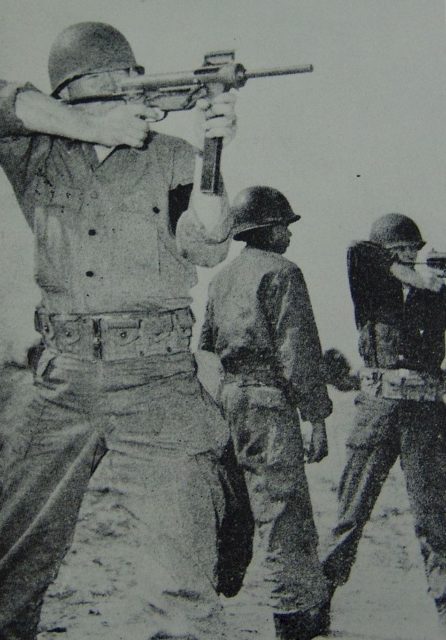
The Grease Gun was less accurate than the Thompson, which many attributed to its shortened barrel. As well, it didn’t have adjustable sights. These issues were both the result of the weapon being designed for use by tank crews, who required a shorter and more compact gun.
There were also problems with the loading of the M3 once its operator had expended their preloaded magazines, and it was common for the gun to jam when dirt got inside. While this issue was seen in Europe, it was a larger problem in the Pacific Theater, as the majority of the land offensives occurred in jungle conditions.
The M3A1 variant
In April 1944, experts with the Ordnance Department teamed up with Guide Lamp to develop an improved version of the Grease Gun that would be easy to maintain and more reliable. The variant was given the designation M3A1 that December and featured a number of improvements that officials hope would rectify any recurring issues with the weapon.
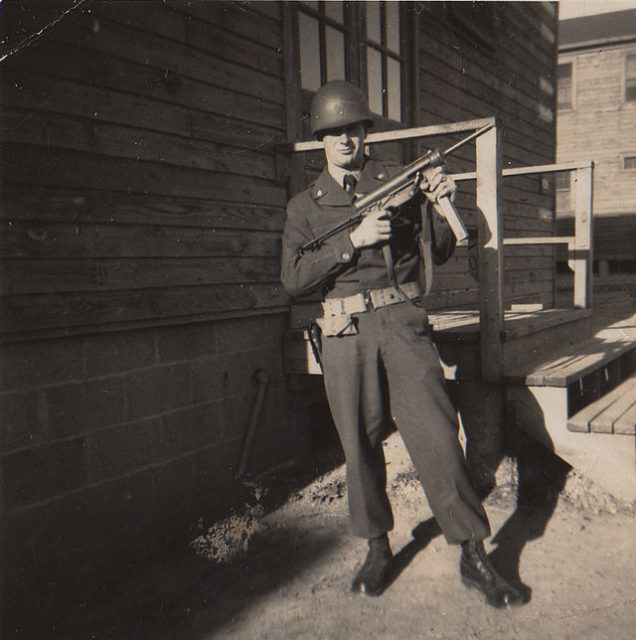
To start, the M3A1 featured a strengthened rear sight and a detachable stock, the latter of which came with a welded bracket to aid in loading the magazines. Attention was also given to the way in which soldiers kept their Grease Gun clean. The dust cover was redesigned and the tip of one wire tube was threaded for a bore brush, essentially turning the stock into a cleaning implement.
The most notable change, however, was the elimination of the cocking lever, which was replaced with a cylindrical cut that was machined into the bolt. For a soldier to charge his gun, all he needed to do was put his finger into the cocking slot and pull the bolt back until it locked.
Use of the Grease Gun following World War II
The Grease Gun saw active service for decades following the Second World War and was the standard-issue weapon for tank crews manning everything from the M48 Patton to the M60 main battle tank (MBT). The longest-serving submachine gun with the US military, its second-biggest stage was the Korean War, where the M3A1 variant saw extensive use by coalition troops.
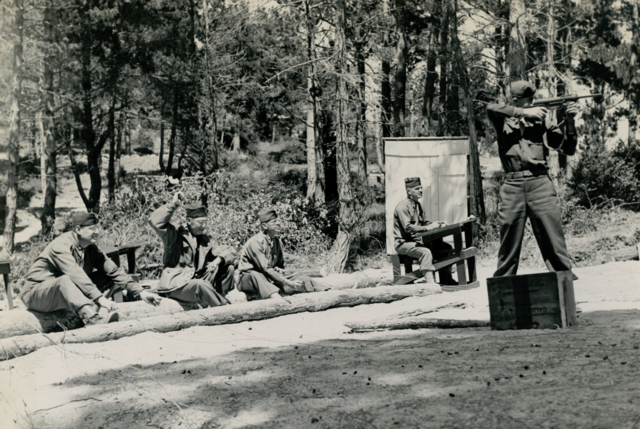
Outside of the fighting in Korea, the Grease Gun was also provided to a number of Latin American and Southeast Asian governments during the Cold War, and it was even given to Delta Force operators upon its formation in 1977. The majority of those with the force were impressed with the weapon, as it was exceedingly quiet when equipped with a suppressor.
More from us: The M202 FLASH Has Been in Pseudo-Retirement for Decades – Why?
The last noted use of the M3A1 by American forces was during the Gulf War, but, by then, it was beginning to be phased out by more efficient firearms that used the now-standard 5.56 mm and 9 mm ammunition types. After nearly 50 years of service, the Grease Gun was made obsolete by newer and more reliable technology.
